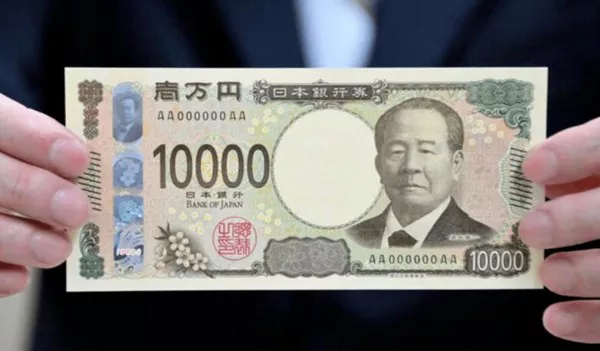In the dynamic landscape of global finance, exchange rates play a pivotal role in shaping economic interactions between nations. The relationship between the Japanese Yen (JPY) and the United States Dollar (USD) is of particular significance, given the economic powerhouses these currencies represent. This article delves into the current Yen to Dollar exchange rate, providing a comprehensive analysis of the factors influencing it and its implications for international trade and investment.
1. Introduction
The starting point of our analysis is the current exchange rate between the Japanese Yen and the US Dollar. As of the latest data available, the exchange rate stands at 0.0067. This numerical value serves as the foundation for understanding the economic dynamics at play.
2. Historical Context
To gain a deeper perspective, it is essential to consider the historical context of the Yen to Dollar exchange rate. Tracking the fluctuations over time provides insights into trends, patterns, and potential indicators for the future. Analyzing historical data allows us to identify economic events that have historically influenced the exchange rate.
3. Economic Indicators
Several economic indicators contribute to the determination of exchange rates. In this section, we explore key indicators that have a direct impact on the Yen to Dollar exchange rate. Factors such as interest rates, inflation, and employment statistics can significantly influence currency valuations.
4. Monetary Policy
Central banks play a pivotal role in shaping the economic landscape, and their monetary policies have a direct impact on currency values. The Bank of Japan (BOJ) and the Federal Reserve (Fed) are instrumental in shaping the monetary policies that influence the Yen and the Dollar, respectively. Understanding their current stances provides valuable insights into the direction of the exchange rate.
5. Trade Balances
A nation’s trade balance is a crucial determinant of its currency’s value. Examining the trade balances of Japan and the United States helps us understand the supply and demand dynamics for their respective currencies. Trade surpluses or deficits can exert considerable pressure on exchange rates.
6. Political Factors
Political stability and economic policies are intertwined, and both have a direct impact on exchange rates. This section delves into recent political developments in Japan and the United States, exploring how these factors might influence the Yen to Dollar exchange rate.
7. Global Events and Market Sentiment
Global events, such as geopolitical tensions and economic crises, can create ripples in the foreign exchange market. Additionally, market sentiment and speculative activities can contribute to short-term fluctuations. Analyzing these factors provides a more comprehensive understanding of the current exchange rate.
8. Technological Advancements and Market Integration
In today’s interconnected world, technological advancements and market integration play a crucial role in shaping financial markets. The rise of digital platforms and algorithmic trading has accelerated the pace at which currency values can change. This section explores the impact of technology on the Yen to Dollar exchange rate.
9. Exchange Rate Forecasts
While past performance can provide insights, investors and businesses also look to the future. Financial institutions and analysts often provide exchange rate forecasts based on their assessments of economic indicators and global trends. Examining these forecasts can offer valuable insights for those engaged in international trade or investment.
10. Implications for Businesses and Investors
Concluding our analysis, we consider the practical implications of the current Yen to Dollar exchange rate for businesses and investors. Understanding how currency fluctuations may affect profitability and investment decisions is crucial for those engaged in cross-border transactions.
Conclusion
In summary, the Yen to Dollar exchange rate is a complex interplay of economic, political, and global factors. Analyzing the current rate and the various influences on it provides a holistic view of the foreign exchange landscape. Businesses, investors, and policymakers can use this information to make informed decisions in the ever-evolving world of international finance. As we navigate the intricacies of the global economy, a nuanced understanding of exchange rates remains paramount.
Related Topics:
What Is the Best Time to Trade USD/JPY?
GBP/JPY Investing and Trading: Everything You Need to Know
USD/JPY Forecast: Will USD/JPY Go Up or Down?



























